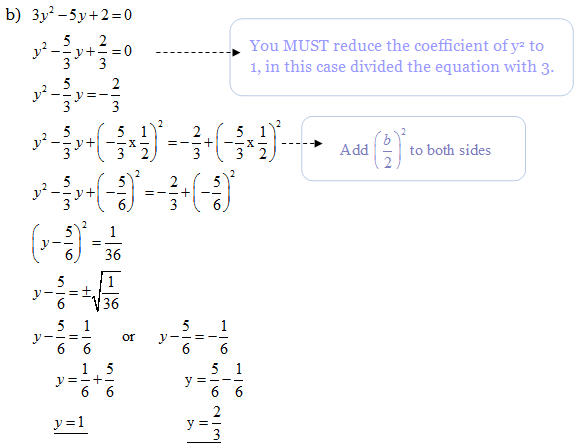- Mathematics chapter 7 - probability
- 1 - Definition
- Probability is the measure of how likely something will occur.
- It is the ratio of desired outcomes to total outcomes.
- (# desired) / (# total)
- Probabilities of all outcomes sums to 1.
- 2 - Example
- If I roll a number cube, there are six total possibilities. (1,2,3,4,5,6)
- Each possibility only has one outcome, so each has a PROBABILITY of 1/6.
- For instance, the probability I roll a 2 is 1/6, since there is only a single 2 on the number cube.
- 3 - Practice
- If I flip a coin, what is the probability I get heads?
- What is the probability I get tails?
- Remember, to think of how many possibilities there are.
- 4 - Answer
- P(heads) = 1/2
- P(tails) = 1/2
- If you add these two up, you will get 1, which means the answers are probably right.
- 5 - Two or more events
- If there are two or more events, you need to consider if it is happening at the same time or one after the other.
- 6 - “And”
- If the two events are happening at the same time, you need to multiply the two probabilities together.
- Usually, the questions use the word “and” when describing the outcomes.
- 7 - “Or”
- If the two events are happening one after the other, you need to add the two probabilities.
- Usually, the questions use the word “or” when describing the outcomes.
- 8 - Practice
- If I roll a number cube and flip a coin:
- What is the probability I will get a heads and a 6?
- What is the probability I will get a tails or a 3?
- 9 - Answers
- P(heads and 6) = 1/2 x 1/6 =1/12
- P(tails or a 5) = 1/2 + 1/6 = 8/12 = 2/3
- 10- Experimental Probability
- An experimental probability is one that happens as the result of an experiment.
- (# of outcomes) / (# of trials)
- The probabilities we have done so far are “theoretical probabilities”, because there was no experiment.
- 11- Experiment
- Flip a coin 50 times, and write down what happens for each flip.
- In the end, find the experimental probabilities by writing the how many times heads and tails occurred over the
- total number of trials (flips)
-Fatehah & Balqis-

























